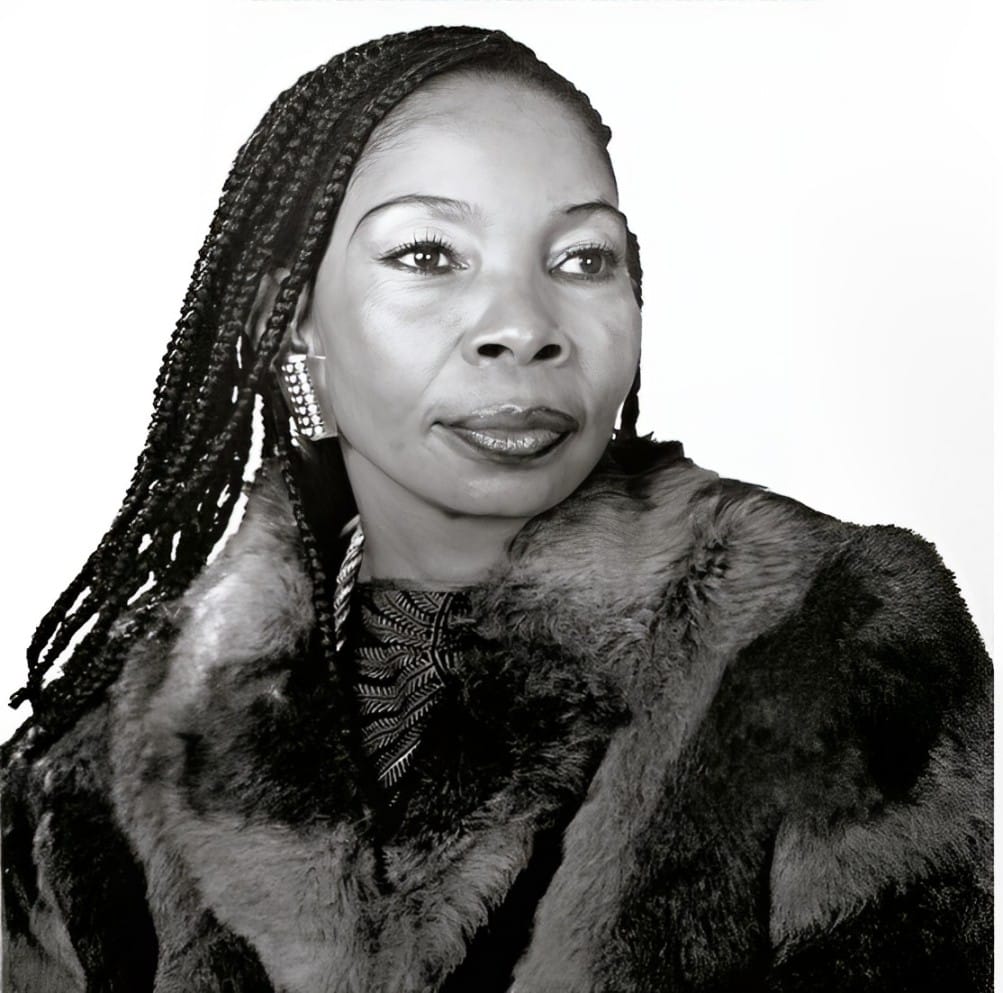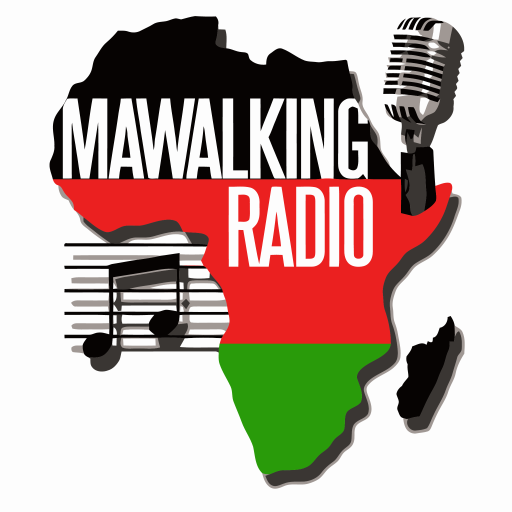
Lucie Eyenga: A Pioneer of African Rumba
Early Life in Coquelathville
Born around 1934 in Coquelathville (now Mbandaka) in the Belgian Congo, Lucie Eyenga emerged from a rich cultural backdrop that would later shape her illustrious career in music. The modern-day Democratic Republic of the Congo, her birthplace, was already a melting pot of musical influences, which she absorbed and redefined as one of the earliest proponents of African rumba.
Discovery by Zacharie Elenga
Lucie Eyenga’s career began in earnest in 1954 when she was discovered by virtuoso guitarist Zacharie Elenga, known as “Jhimmy.” Recognizing her talent, Jhimmy signed her to the prestigious Opika label. At Opika, Eyenga distinguished herself as an improvisational genius and an expressive vocalist, combining technical skill with emotive storytelling. Her musical arrangements showcased intricate vocal harmonies, setting her apart from her contemporaries. Hits like “Ohé Suka ya Rhumba” and “Mokili Makalamba” quickly became beloved anthems, solidifying her status as a trailblazer.
Rising Stardom with African Jazz
Eyenga’s talent soon attracted the attention of Joseph Kabasélé, a towering figure in Congolese music. From 1954 to 1956, she was a key member of African Jazz, one of the most influential orchestras of the time. Her association with African Jazz further elevated her profile and deepened her influence on the evolving rumba genre. Eyenga’s vocal prowess and stage presence left a lasting impression on audiences and collaborators alike.
Transition to the Esengo Label
With the closure of the Opika label in the late 1950s, Eyenga transitioned to the Esengo label, a move that coincided with a period of immense creativity and success. Between 1957 and 1958, she joined the orchestra Rock-A-Mambo, contributing to a series of hits that defined the era. Songs like “Brigitte,” “Mabe Na Yo Moko,” “Dit Moninga,” “Nasepeli Mingi,” and “Zozo Moke” showcased her ability to innovate and adapt, cementing her place as a leading figure in Congolese music.
A New Chapter with Negro Band
After the dissolution of Editions Esengo and the breakup of Rock-A-Mambo, Eyenga’s career entered a brief hiatus. However, in 1960, she reemerged in Brazzaville with the orchestra Negro Band. It was during this period that she recorded timeless pieces like “Adoula” and “Georgette,” reaffirming her artistic resilience and versatility. Her ability to reinvent herself and connect with new audiences kept her career vibrant despite the shifting dynamics of the music industry.
Collaborations with Nico Kasanda
In 1983, Eyenga once again captured the spotlight, this time collaborating with the legendary Nico Kasanda and his orchestra l’African Fiesta Sukisa. This partnership underscored her enduring relevance and her ability to bridge different eras of Congolese music. Her performances with Kasanda were a testament to her adaptability and her commitment to excellence.
Legacy and Passing
Lucy Eyenga’s contributions to African rumba remain unparalleled. Her improvisational skill, emphasis on harmonies, and evocative lyrics have inspired generations of musicians. Tragically, on December 12, 1987, the Congolese music scene lost one of its brightest stars when she passed away in Kinshasa. Yet, her music continues to resonate, embodying the rich cultural heritage and resilience of the Congolese people.
Remembering a Legend
Lucy Eyenga’s life and career are a testament to the transformative power of music. As one of the early pioneers of African rumba, she broke barriers and set new standards, leaving behind a legacy that continues to influence and inspire. Her voice, once a defining element of orchestras like African Jazz and Rock-A-Mambo, remains immortalized in the timeless melodies she created.



